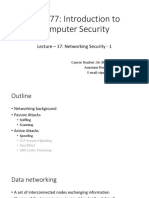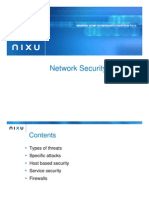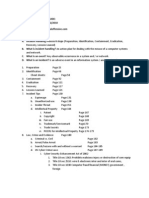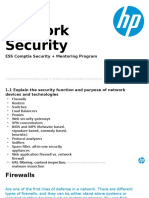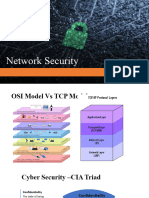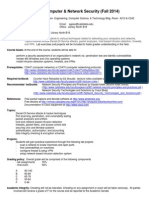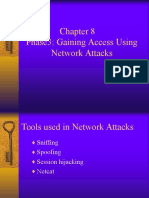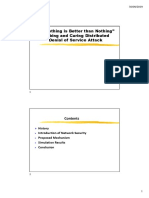0% found this document useful (0 votes)
47 views34 pagesWeek 10
This document outlines advanced network exploits and covert techniques, focusing on TCP session hijacking, DNS tunneling, and ICMP covert channels. It details methods of attack, tools used, and defenses against these threats, emphasizing the importance of pivoting for lateral movement within networks. Key concepts include the manipulation of trusted protocols and the necessity of robust detection and prevention strategies.
Uploaded by
Junaid AkramCopyright
© © All Rights Reserved
We take content rights seriously. If you suspect this is your content, claim it here.
Available Formats
Download as PDF, TXT or read online on Scribd
0% found this document useful (0 votes)
47 views34 pagesWeek 10
This document outlines advanced network exploits and covert techniques, focusing on TCP session hijacking, DNS tunneling, and ICMP covert channels. It details methods of attack, tools used, and defenses against these threats, emphasizing the importance of pivoting for lateral movement within networks. Key concepts include the manipulation of trusted protocols and the necessity of robust detection and prevention strategies.
Uploaded by
Junaid AkramCopyright
© © All Rights Reserved
We take content rights seriously. If you suspect this is your content, claim it here.
Available Formats
Download as PDF, TXT or read online on Scribd
/ 34



